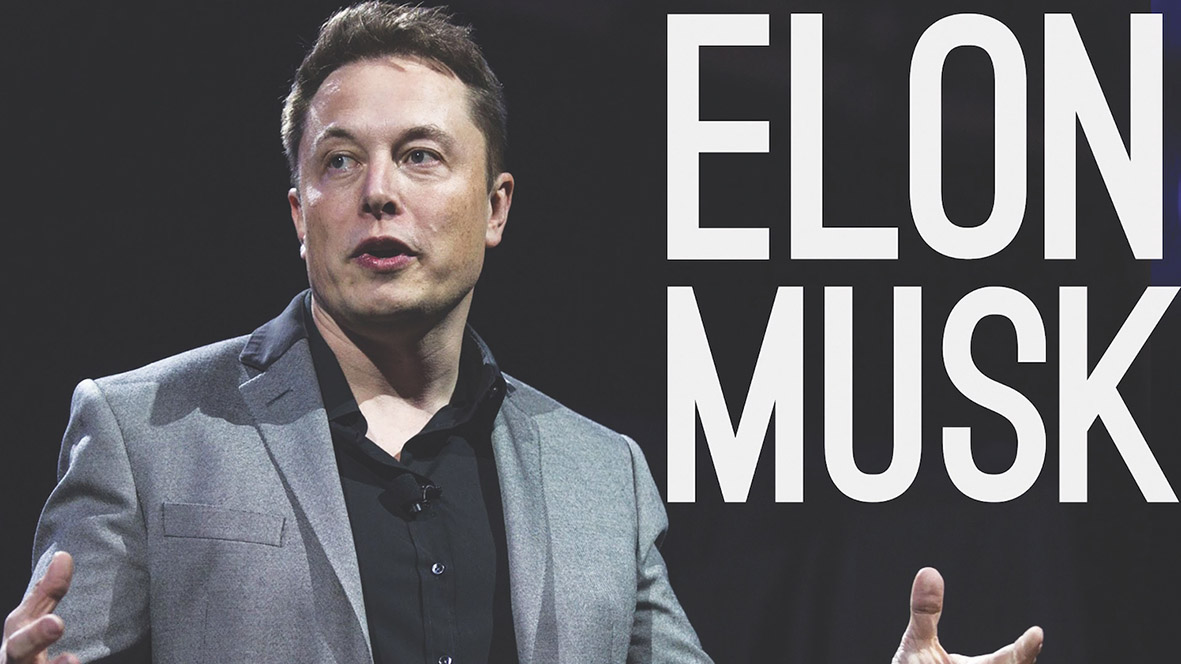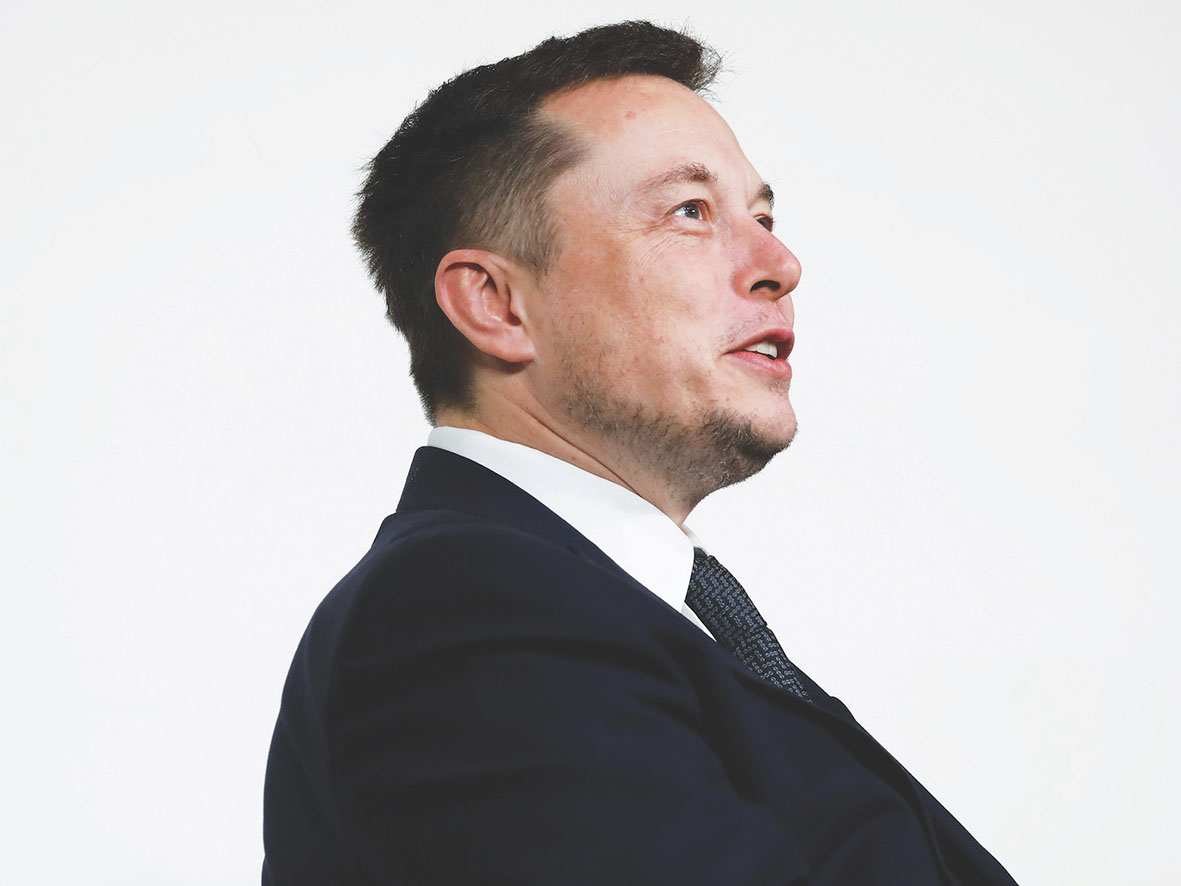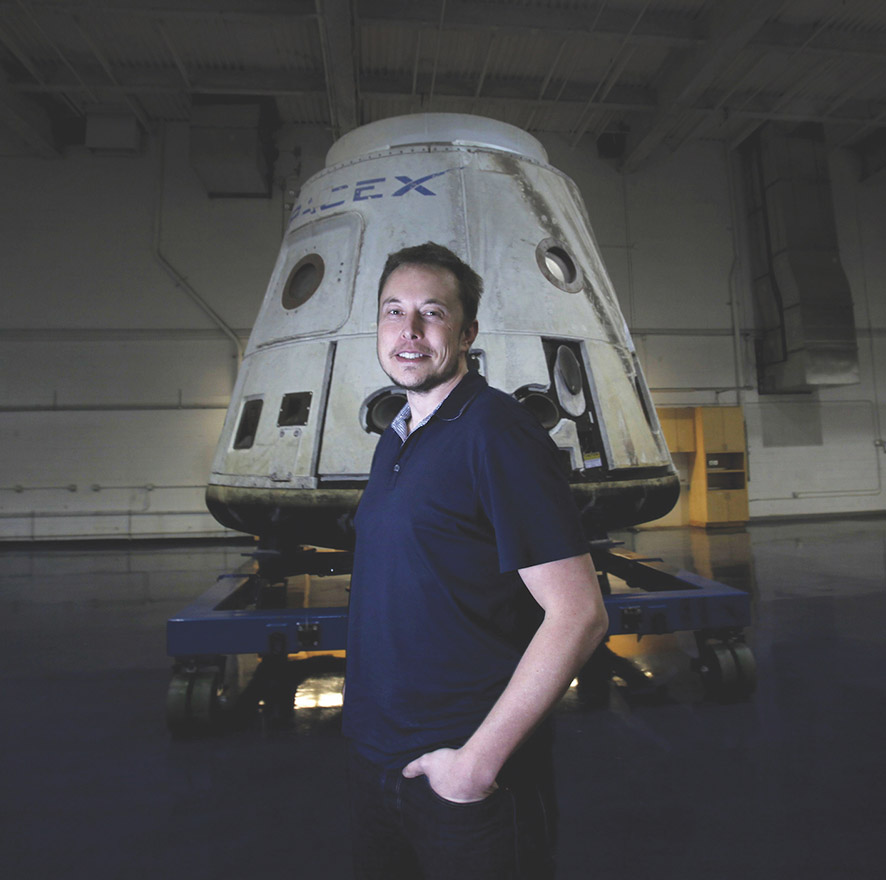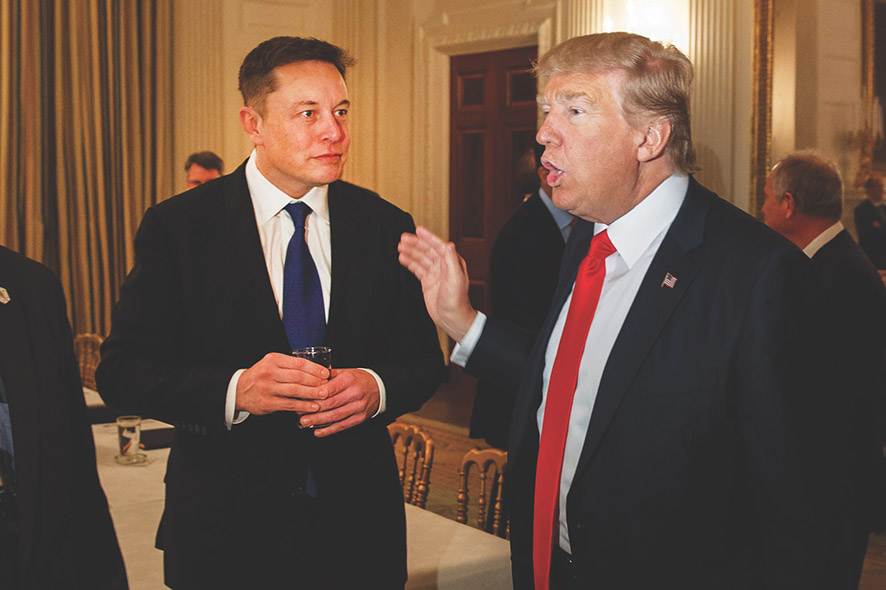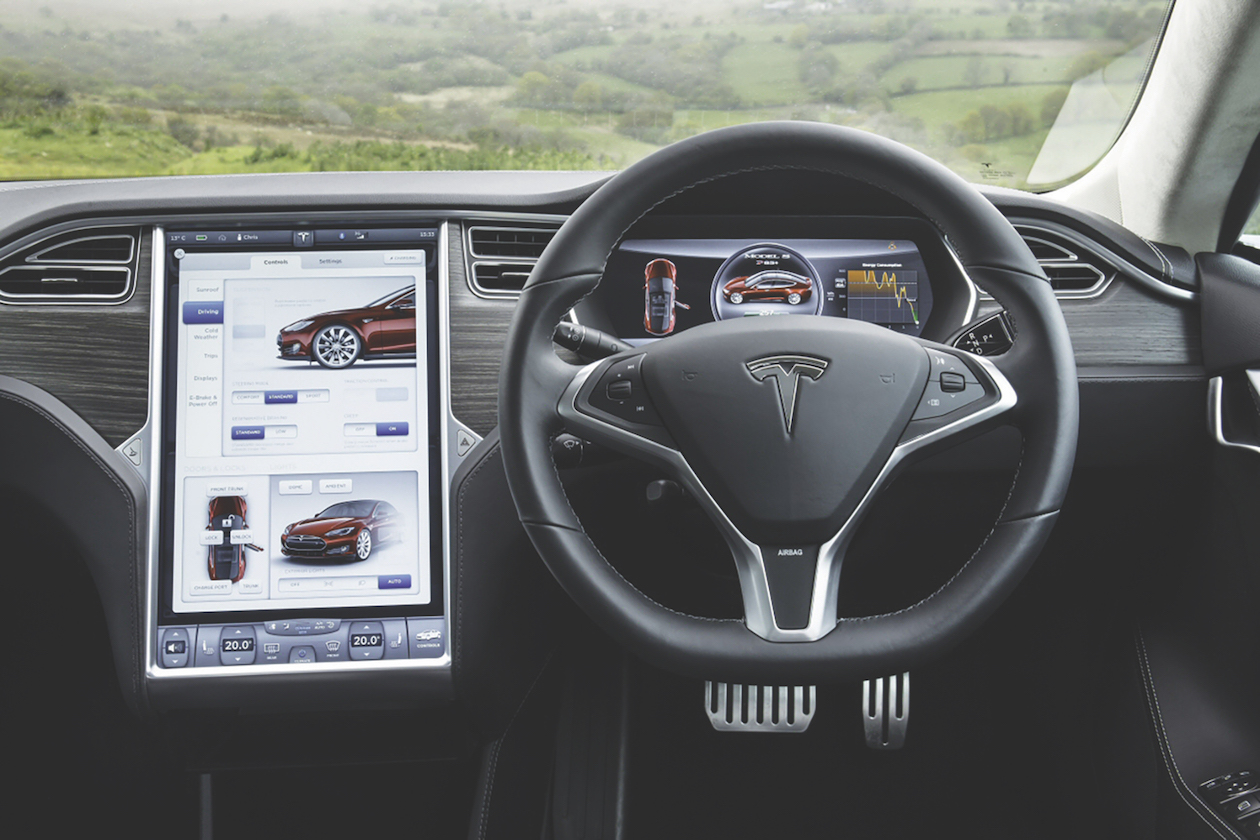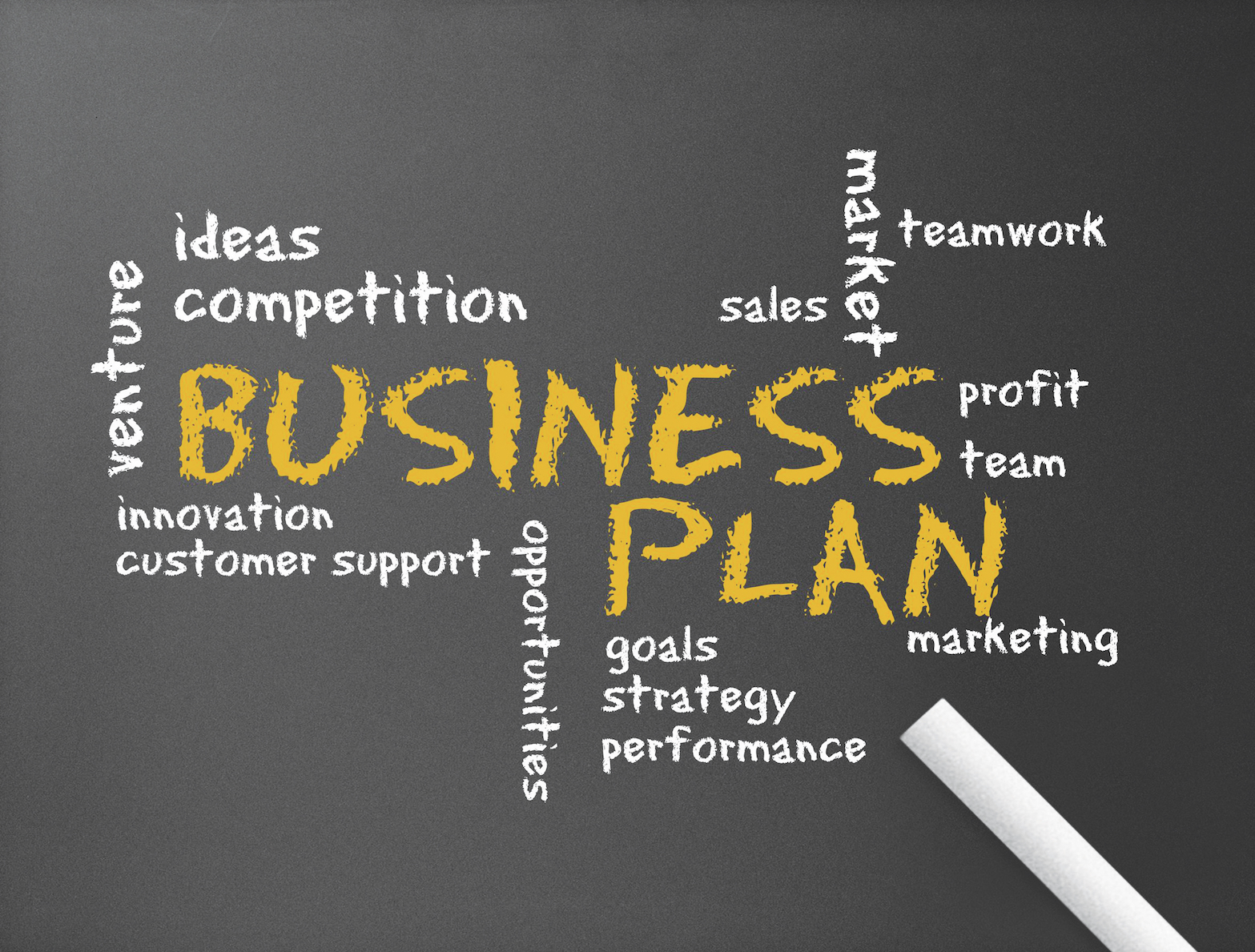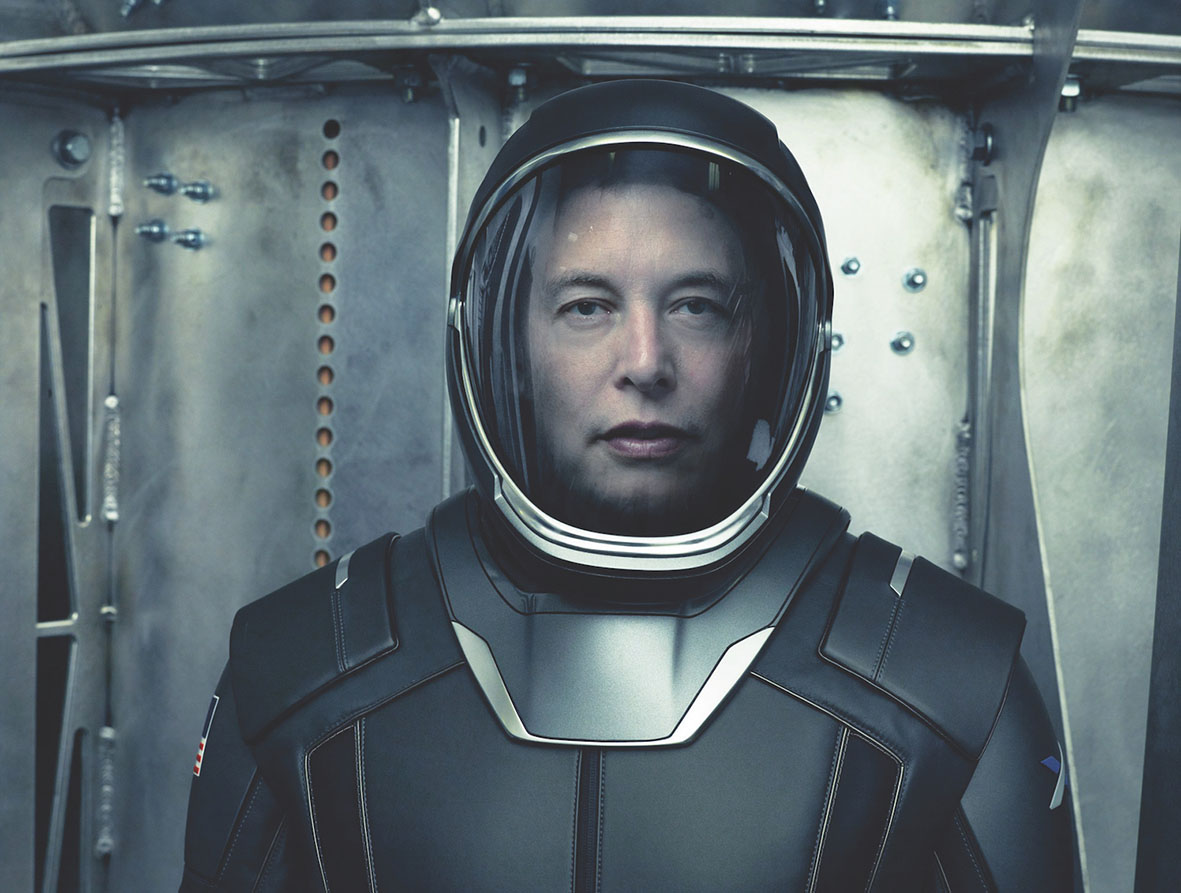
Only once before has the subject of a PBM cover been featured twice. Back in early 2016, we ran a light-hearted feature on the absurd idea that Donald Trump might run for the White House. An unforeseen and dramatic change of circumstances prompted a revision piece on President Trump.
In 2015, 31 issues ago, Maarten Hoffmann profiled a man who was not particularly well-known in the UK at the time, but was causing quite a stir in the US (see www.platinumpublishing.co.uk/blog/2015/07/rocket-man/). The founder and former owner of Paypal was sending rockets into space, building futuristic electric cars, revolutionising solar energy and devising all manner of madcap ideas.
After less than three years, a revisit to the world of Elon Musk is already long overdue - this is a man on a mission.
Over the following pages we profile some of his big projects which are changing the world as we know it…
Man on Mars
At the 2017 World Government Summit in Dubai, His Excellency Mohammad Al Gergawi, Minister of the UAE Cabinet Affairs & The Future asked Elon Musk, “What is your mission in life? Why you do whatever you do?”
Musk replied: “When I was a kid, I was wondering what’s the meaning of life? Why are we here? What’s it all about? I came to the conclusion that what really matters is trying to understand the right questions to ask. And, the more we can increase the scope and scale of human consciousness, the better we are able to ask these questions.
“I think there are certain things that are necessary to insure the future is good and some of those things are having long-term sustainable transport and sustainable energy generation. And to be a space-faring civilisation, and for humanity to be out there among the stars, and to be a multi-planetary species.”
For anyone who has watched Star Trek or Star Wars or other Sci-Fi epics this all sounds like a wonderful fantasy. But Musk, along with a select band of inquisitive billionaires, is already making plans.
Space exploration used to be something that nations did - and not always for the right reasons. During the Cold War, the two superpowers from the East and West pointed their vast arsenals of nuclear missiles at each other, fought nasty proxy wars (well away from their own borders) and killed each other’s spies. They also sought to be seen as superior to the other - and the best way to do this was to win The Race for Space.
Space exploration was prestigious but highly expensive. Now the ‘friendly’ superpowers smile insincerely at each other across the halls of the UN and invest in covert methods of subverting each other digitally.
Although astronauts are still sent to the space station and probes are dispatched into the ether, the only ones that look skywards with any ambition are Elon Musk, Amazon’s Jeff Bezos and other rich men such as Richard Branson.
Musk always goes that bit further. With full sincerity he says that he hopes to send cargo ships to the Red Planet within the next five years, and see humans settling by 2024.
Just after our last profile of Musk in 2015, GQ’s Chris Heath was allowed extended access to Musk’s day-to-day schedule. Heath wrote: “Musk starts most workweeks at his rocket company, SpaceX and each Monday, there is a brainstorm about ‘Mars colonial transport architecture’. He says these words as though most people could look through their Monday schedule and find something similar.
“There are many remarkable aspects to SpaceX: for instance, the way it has challenged accepted rocket manufacture by making rockets for a fraction of the cost; the way it has become the first private entity—rather than a country—to successfully launch spacecraft into orbit and then return; the way it went from an idea in Musk’s head to a company that resupplies the International Space Station and that hopes to soon ferry astronauts back and forth.
“But the most remarkable fact about SpaceX is that—right from the start, before the first rocket had lifted an inch off the ground—it was explicitly intended as the means to another, far more grandiose and idealistic end: colonising Mars. Musk has said that he feels this is imperative for two reasons. One is that it would be an inspiring adventure and we need such goals. The other is the long-term survival of humankind. If a calamity, self-made or otherwise, destroyed life on Earth, as long as a human colony was established elsewhere, the species could endure.
“… Musk and his colleagues aren’t vaguely hypothesising about what people might like to do in some distant future generation—he believes the first manned Mars mission will be possible by the time he’s in his fifties. He is now 44.”
Heath also reported that Musk was not just thinking about how to get safely to Mars, but also how to adapt its habitat for our needs. He recalled how Musk advocated the use of nuclear weapons, during an appearance on The Late Show with Stephen Colbert: “One possible strategy for making Mars habitable over the long term is to ‘terraform’ it—manipulate its environment so, in the simplest terms, the planet warms up, ice turns into water, and plants can be introduced, which will convert the atmospheric carbon dioxide into oxygen, with the goal of creating a stable and breathable atmosphere.
“There are slower and faster ways to do this. A fast way is to drop thermonuclear weapons over the poles.”
Heath noted that Musk has downgraded this idea to the prospect (currently impossible, as if that’s ever bothered him) of having a small repeatedly detonating fusion bomb at each pole.”
That was 2015. By now, Musk has probably come up with the answer of how to sustain life on Mars.
A World Powered by Batteries
Sometimes a throwaway comment on Twitter from Elon Musk can have spectacular consequences. When Hurricane Maria savaged Puerto Rico, and took down 88% of its electricity, Musk was asked on Instagram if he could help. He replied: “The Tesla team has done this for many smaller islands around the world, but there is no scalability limit, so it can be done for Puerto Rico too. Such a decision would be in the hands of the PR govt, PUC, any commercial stakeholders and, most importantly, the people of PR.”
According to Musk, the solution for the world’s energy needs is quite simply, the sun. When you listen to Musk it makes perfect sense: “The Earth is almost entirely solar-powered today, in the sense that the sun is the only thing that keeps us from being at the temperature of cosmic background radiation, which is 3 degrees above absolute-zero. If it wasn’t for the sun, we’d be a frozen, dark ice ball. The amount of energy that reaches us from the sun is tremendous. It’s the 99 percent-plus of all energy that Earth has.”
“People talk about fusion and all that, but the sun is a giant fusion reactor in the sky. It’s really reliable. It comes up every day. If it doesn’t, we’ve got bigger problems.”
Tesla, which has incorporated the SolarCity business, is building its Gigafactory 1 battery factory in the middle of the Nevada desert, with the ambitious objectives of becoming the largest building in the world by footprint, at 540,000 sq m. Named the “alien dreadnought” by Musk, it will produce almost the equivalent of the world’s entire current output of lithium-ion batteries.
“If you wanted to power the entire United States with solar panels, it would take a fairly small corner of Nevada or Texas or Utah,” says Musk. “You only need about 100 miles by 100 miles of solar panels to power the entire United States. The batteries you need to store the energy, so you have 24/7 power, is 1 mile by 1 mile. One square-mile.”
However, there is the problem of unsightly distribution lines transporting the generated power, which is why Musk remains a huge advocate of roof panels.
He recently agreed to build the “world’s largest virtual power plant”, by rolling out free solar roof panels and Tesla batteries to 50,000 homes in South Australia. The scheme, which will be completed over the next four years, will see any excess energy stored in each battery fed back into the grid to provide power to the rest of the state whenever required. Musk has already set up the world’s largest lithium-ion battery in the state.
Cars that drive themselves
With the aim of providing electric cars at prices affordable to the average consumer, over 250,000 Tesla cars have been sold to date. Anyone who has driven a Tesla cannot fail to be impressed by the advanced technology, the speed and the quality of the ride, although as far as the UK is concerned there is still an elephant in the room (see Maarten Hoffmann’s review and analysis of Tesla X).
I will leave our driving correspondent to deliver his verdict on the current Tesla offering, but I’m afraid that Maarten may soon become completely redundant as a motoring writer.
Wired’s Jimmy Wales fully expects Musk to have launched his driverless car by the end of the year.
He writes, “Elon Musk has promised the world that a completely automated Tesla will be available by the end of 2018. Although other companies revise their estimates for self-driving vehicles in the consumer market - Waymo has pushed its date back to 2020, for instance - Musk is being coy. He’ll have it ready even sooner.
“The Society of Automotive Engineers (SAE International) has established five widely-accepted steps to vehicular autonomy. Level five equates to true driverlessness, where cars can drive as competently as humans (or, hopefully, more so). The preceding four are colloquially known as ‘feet off, hands off, eyes off and brain off’ - and I believe Tesla will unveil a consumer-class level-four vehicle long before 2018 is over.”
But if you are worried that all the fun may go out of travel, fear not as Elon Musk has plans to move you around faster than seems humanly possible…
The Human Hyperloop
The Hyperloop high-speed train system has been dubbed a “cross between a Concorde, a railgun, and an air hockey table” by Musk, and will allow passengers to travel at over 700mph. Musk expects that the two routes he has so far proposed, Los Angeles to San Francisco and New York City to Washington DC, should take no longer than 30 minutes on a Hyperloop train.
So what exactly is a hyperloop? Max Langridge and Elyse Betters give an easy-to-understand explanation of the system at
www.pocket-lint.com, but in brief the hyperloop uses tunnels, with pods or capsules to move from place to place. One of the biggest problems with anything moving is friction, both against surfaces and the environment the pod is moving through. Hyperloop proposes to move away from traditional wheels by using air bearings for pods instead. This will have the pod floating on air. It’s similar to maglev trains used in Japan, in which the electromagnetic levitation of the train means there is no friction unlike a traditional train that runs on tracks.
Hyperloop will be built in tunnels that have had some of the air sucked out to lower the pressure. So, like high-altitude flying, there’s less resistance against the pod moving through the tunnel, meaning it can be much more energy efficient.
Inevitably, Musk has suggested that solar panels running on the top of the tunnels could generate enough electricity to power the system. It could run as an underground system, too.
Musk tweeted in July 2017 that his Boring Company tunnel project has received “verbal government approval” to build a Hyperloop that would connect the cities of New York City, Philadelphia, Baltimore, and Washington, DC.
He doesn’t have this space to himself though. Virgin are also developing plans and the Chinese are also interested in this technology.
Flamethrowers, Freeze Guns and Lots of fun
If everything Musk does seems to be a bit righteous in its bid to improve the human condition, it is reassuring that sometimes he creates products for the sheer hell of it. Despite widespread condemnation, Elon Musk’s Boring Company sold 20,000 flamethrowers at $500 each on pre-order in January.
The Boring Co. flamethrower appears to have been inspired by a joke between Musk and his Twitter followers, when he promised that if he manages to sell 50,000 Boring Company hats, he will start selling flamethrowers like those seen in sci-fi parody film Spaceballs, one of Musk’s favourite movies. Musk also hinted at a The Boring Co. freeze gun, which the CEO joked might follow the fiery device.
Not everyone was impressed. One Californian politician complained that it is a highly irresponsible product that has the capability to hurt a lot of people and cause multiple problems for the state’s fire department and law enforcement.
Meanwhile another $10 million was added to the company’s coffers.
Linking Brains and Computers
In 2016, Musk co-founded Neuralink, a company aiming to make devices to treat serious brain diseases in the short-term, with the eventual goal of human enhancement. The company intends to be a merger of biological intelligence and machine intelligence in developing technology to connect computers to our brains. The brain-computer interface (BCI) technology could be used for cognitive enhancement, ranging from improving memory and decision-making abilities to staving off the symptoms of Alzheimer’s.
Musk the Luddite
With all the futuristic and incredible plans, it is easy to portray Musk as an exciting yet dangerous madcap inventor straight out of a Marvel movie. There were rumours that Robert Downey Jr’s Iron Man character was based on Musk. So it may be a surprise to learn that in January 2016, Elon Musk won the annual Luddite Award, which was conferred on him by a Washington tech-policy think tank.
Calling Musk a Luddite is undoubtedly a ludicrous statement, so what prompted such a barb?
Surprisingly Musk is one of highest profile doom-mongers of the dangers of artificial intelligence. He is not alone. Stephen Hawking has said that, “The development of full artificial intelligence could spell the end of the human race.” Writing in Vanity Fair, Maureen Dowd writes a chilling piece about the dangers of A.I and how Musk is leading the warning calls.
She writes about the debate between Musk and Demis Hassibis, co-founder of DeepMind Technologies, seen as the world leader in artificial intelligence research. So worried was Musk about A.I. that he invested in DeepMind, before it was swallowed up by Google, just so he could keep abreast of A.I. developments. The speed of its advance alarmed him. Musk is genuinely worried: “We are summoning the devil,” he says. “The thing about A.I. is that it’s not the robot; it’s the computer algorithm in the Net. So the robot would just be an end effector, just a series of sensors and actuators. A.I. is in the Net.
“The important thing is that if we do get some sort of runaway algorithm, then the human A.I. collective can stop the runaway algorithm. But if there’s large, centralised A.I. that decides, then there’s no stopping it.”
Maybe his fears are as far-fetched as his Martian dreams. But then again, his plans for colonising Mars may actually happen. We should certainly heed Musk’s fears. He has co-founded Open AI, a billion-dollar non-profit company to work for safer artificial intelligence.
Maureen Dowd writes, “Musk is not going gently. He plans on fighting this [unchecked A.I.] with every fibre of his carbon-based being.”
Who knows, perhaps Musk’s greatest contribution to humankind may not be his innovation and entrepreneurship, but instead his fight against advancement - of the catastrophic kind.



